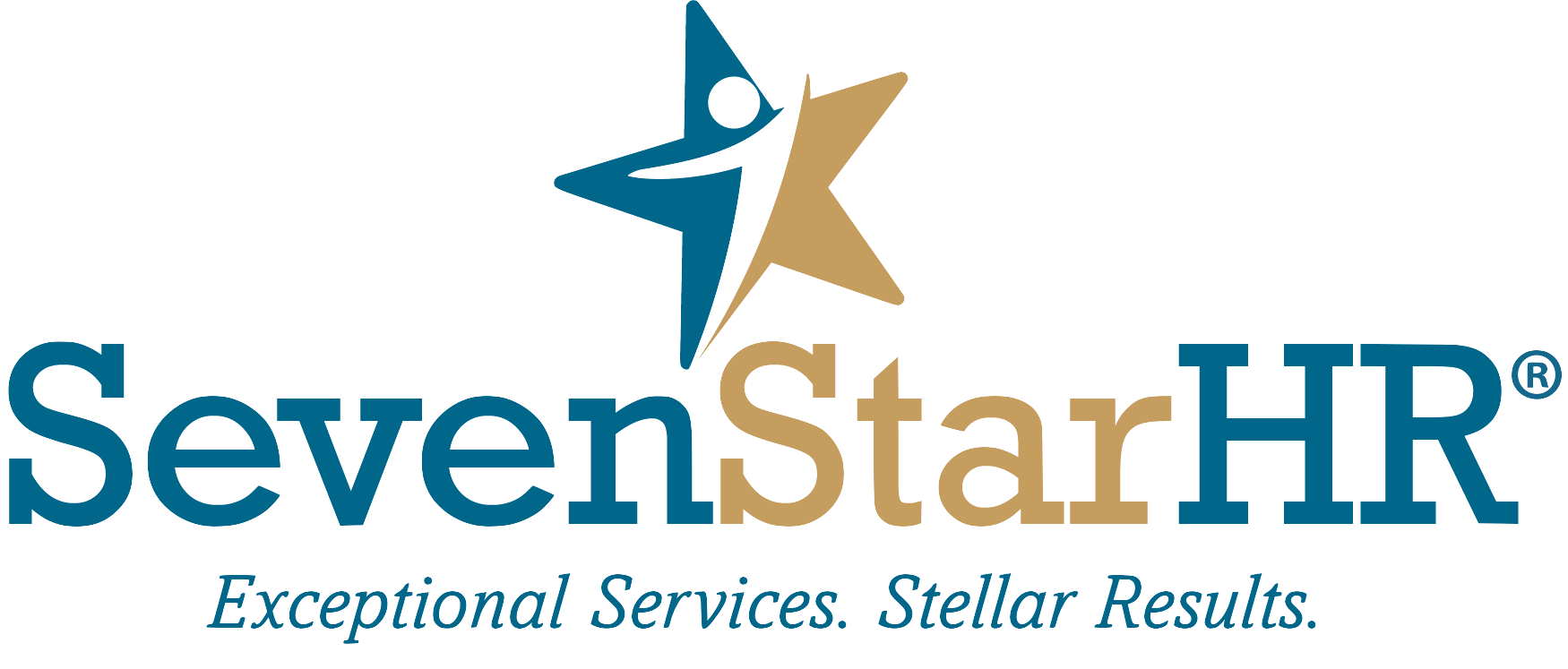7 Warning Signs of a Toxic Hybrid Work Environment
One thing the COVID-19 pandemic achieved was to spotlight to business owners one of the major things employees want: flexibility in when and how they work. However, it’s not enough to simply allow employees to work from home. A successful hybrid workplace takes detailed planning and careful execution.
According to a McKinsey report, 68% of businesses don’t have a detailed plan on how their remote model will work. A hybrid work environment can easily turn toxic if you are not careful.
Photo by Mwabonje
Here are some of the danger signs:
Senior leaders don’t work remotely. If top execs all work in the office, remote workers miss out on visibility and opportunities to advance.
There’s no communication plan for remote workers. Hybrid teams need to pay extra attention to communication and include remote staff in on-site office meetings or activities. To achieve this you must have a reliable communication plan which needs constant review and tweaking.
Meetings are scheduled at odd hours. One of the benefits of having remote workers is you can have employees in different time zones. If this is the case in your organization, you need to be respectful of all employees’ schedules and make sure you are not scheduling meetings at antisocial hours.
Praise and celebrations only happen in the office. Take strategic steps to make people working remotely feel included. If you are unsure, survey your employees to find out.
Information isn’t easily accessible. Being in the know is really important for employees. If information is not accessible you have a problem. Some employees feel knowledge is power and sharing it puts their job at risk. Emphasize sharing information and not hoarding it and adopt digital collaboration tools like Teams, Slack, and Zoom.
Remote employees are made to take a pay cut. If you require workers to take a pay cut to work remotely, you are in danger of a toxic environment. If you’re planning on pay cuts, make sure they are legitimate, and better yet, perform pay analyses by geography and skills. If someone is above the maximum pay range, freeze raises rather than cutting pay.
There’s no clear career path. When you look at your talent, ensure you have career paths for both on-site and remote employees. They should have the opportunity to learn, grow and advance like in-house workers.
Survey your employees often to take their temperatures on how your remote processes are working, and what can be done to improve them. Preventing toxicity will help you retain your best employees.

